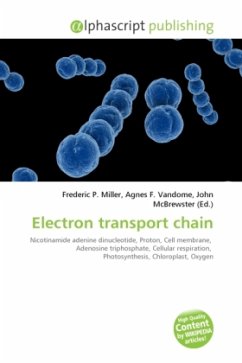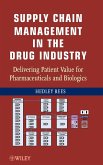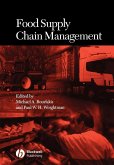An electron transport chain couples a chemical reaction between an electron donor and an electron acceptor to the transfer of H+ ions across a membrane, through a set of mediating biochemical reactions. These H+ ions are used to produce adenosine triphosphate , the main energy intermediate in living organisms, as they move back across the membrane. Electron transport chains are used for extracting energy from sunlight and from redox reactions such as the oxidation of sugars. In chloroplasts, light drives the conversion of water to oxygen and NADP+ to NADPH and a transfer of H+ ions. NADPH is used as an electron donor for carbon fixation. In mitochondria, it is the conversion of oxygen to water, NADH to NAD+ and succinate to fumarate that drives the transfer of H+ ions. While some bacteria have electron transport chains similar to those in chloroplasts or mitochondria, other bacteria use different electron donors and acceptors. Both the respiratory and photosynthetic electron transport chains are major sites of premature electron leakage to oxygen, thus being major sites of superoxide production and drivers of oxidative stress
Bitte wählen Sie Ihr Anliegen aus.
Rechnungen
Retourenschein anfordern
Bestellstatus
Storno








